Your store’s layout should be one of the key strategies in your retail success. As a retailer, your store’s layout influences your customers’ behavior by directing the store’s flow, merchandise placement and general ambiance. The longer the customer stays within the store the higher the chances they will pick up more products. A successful store should keep a customer interested and finally convert the window shopper into an actual customer. Customers in return want the shopping process to be easy and satisfying. They prefer a pleasant shopping environment where aisles are wide, the merchandise is easy to find and there are sufficient items.
Start with an Attractive Window Display
Window displays are important to draw customers from the street and into your shop. They can be the initial attraction to bring customers into a store and help communicate the shop’s image to the consumers as well as to distinguish itself from its competitors. Window displays are the first touchpoint to attract, engage, and motivate the customer towards making a purchase.
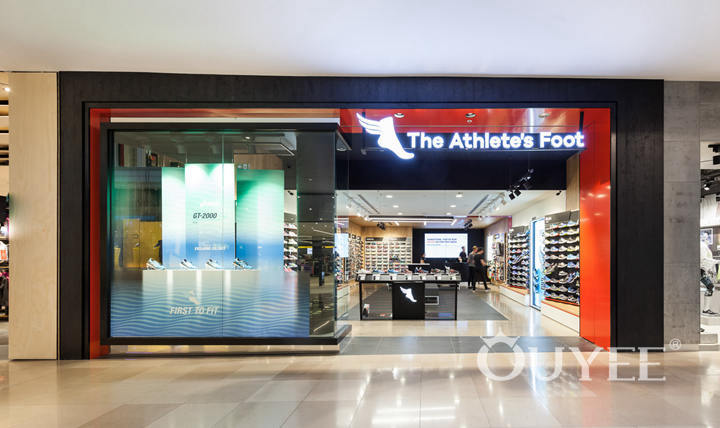
Decide on How You Want Customers to Move Through the Store
Floor space utilization is key for retail stores. In conventional retailing, there are several common store layouts used. These might include grid, free form, racetrack and serpentine layouts. However, in real life, the retail area would combine these types of layouts rather than being restricted to using only one type for the entire retail setting.
Good store layout also influences shopping decisions. If a good layout is not there, then customers might not find the items they are looking for.
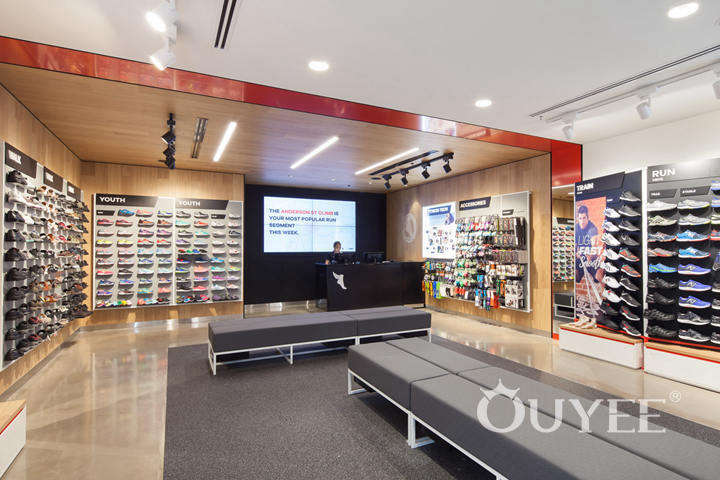
Focus on Aisle Design
The structure of your aisles is also important. a well-designed aisle structure, should not start with the arrangement of shelves and categorization of products. But should instead focus on the customer behavior and the customer experiences you want to achieve. Aisles should be clear and flowing so customers won’t have to wonder how to get from one place to the next.
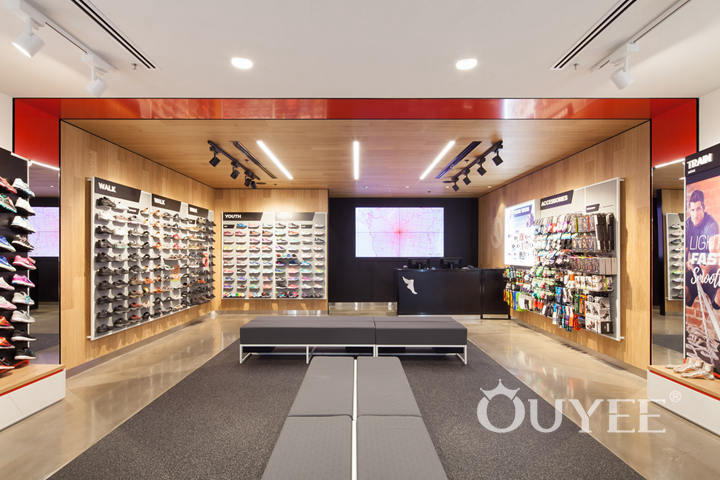
Settle on an Effective Shelf Display
Another issue for retailers in shop design is to optimize the allocation of products by the way the shelves have been designed. The location of a product in a shop can make a crucial difference to its sales. The shelf may be the most precious real estate in retail where as much as 80% of all purchase decisions are made at the point of sale.
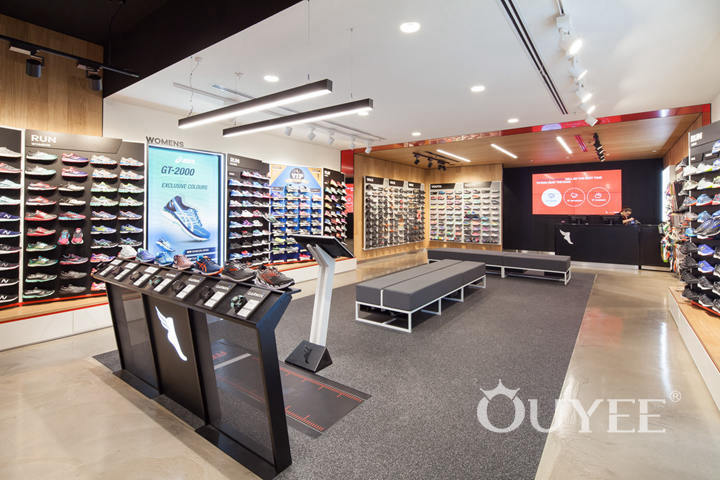
Place the Important Stuff at Eye Level
Eye-level shelving followed by waist-level is the best place to attract sales in products. Customer response to shelf locations also depends on factors such as the product package, size and visibility.
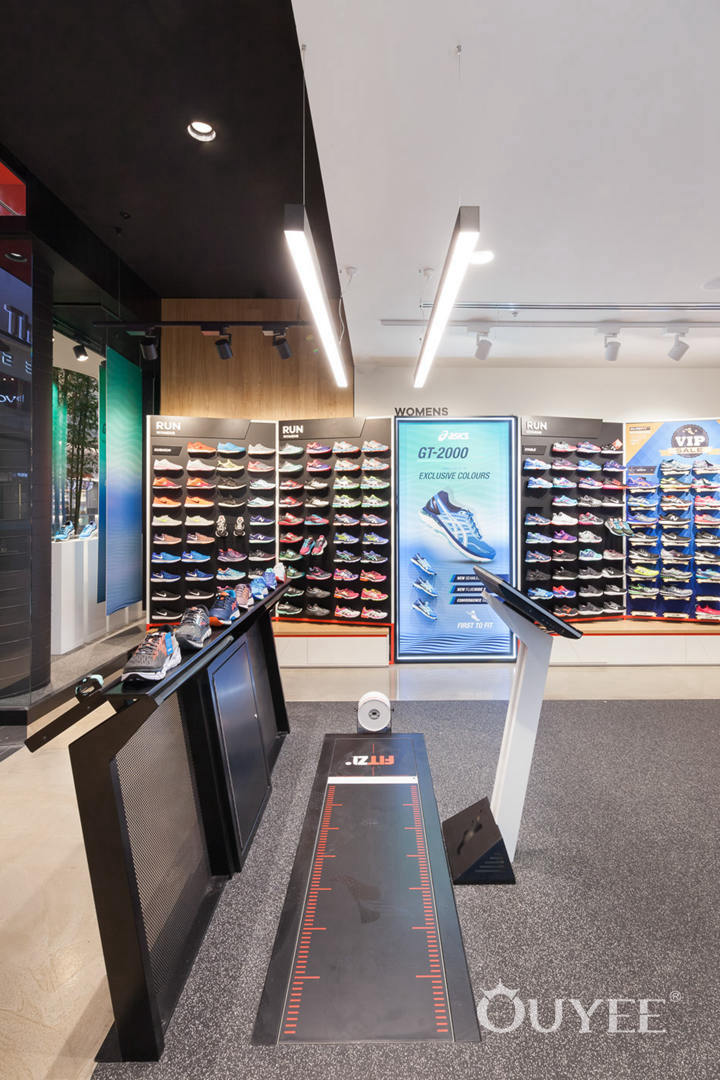
Play Good Music
There is a reason why convenience stores play music. Many stores use background music to connect with their customers and generate more sales. Experiment with music of different genres and tempos to create different moods within your store.
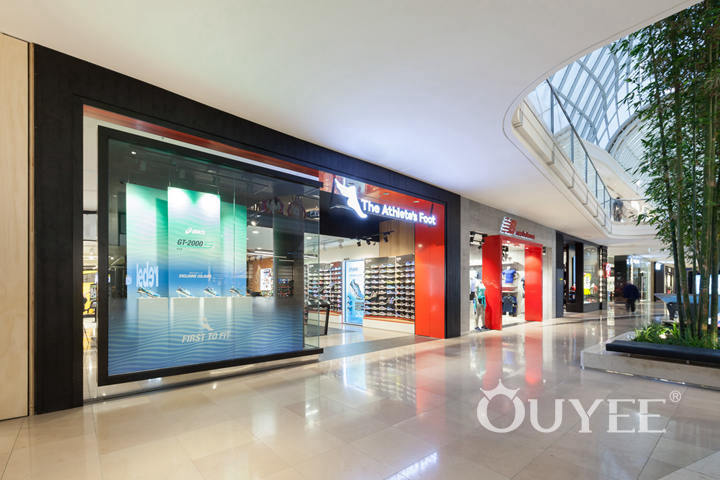
For more information, please contact us by steve@ouyeedisplay.com, or call the 24-hour hotline: +86 13826419811

